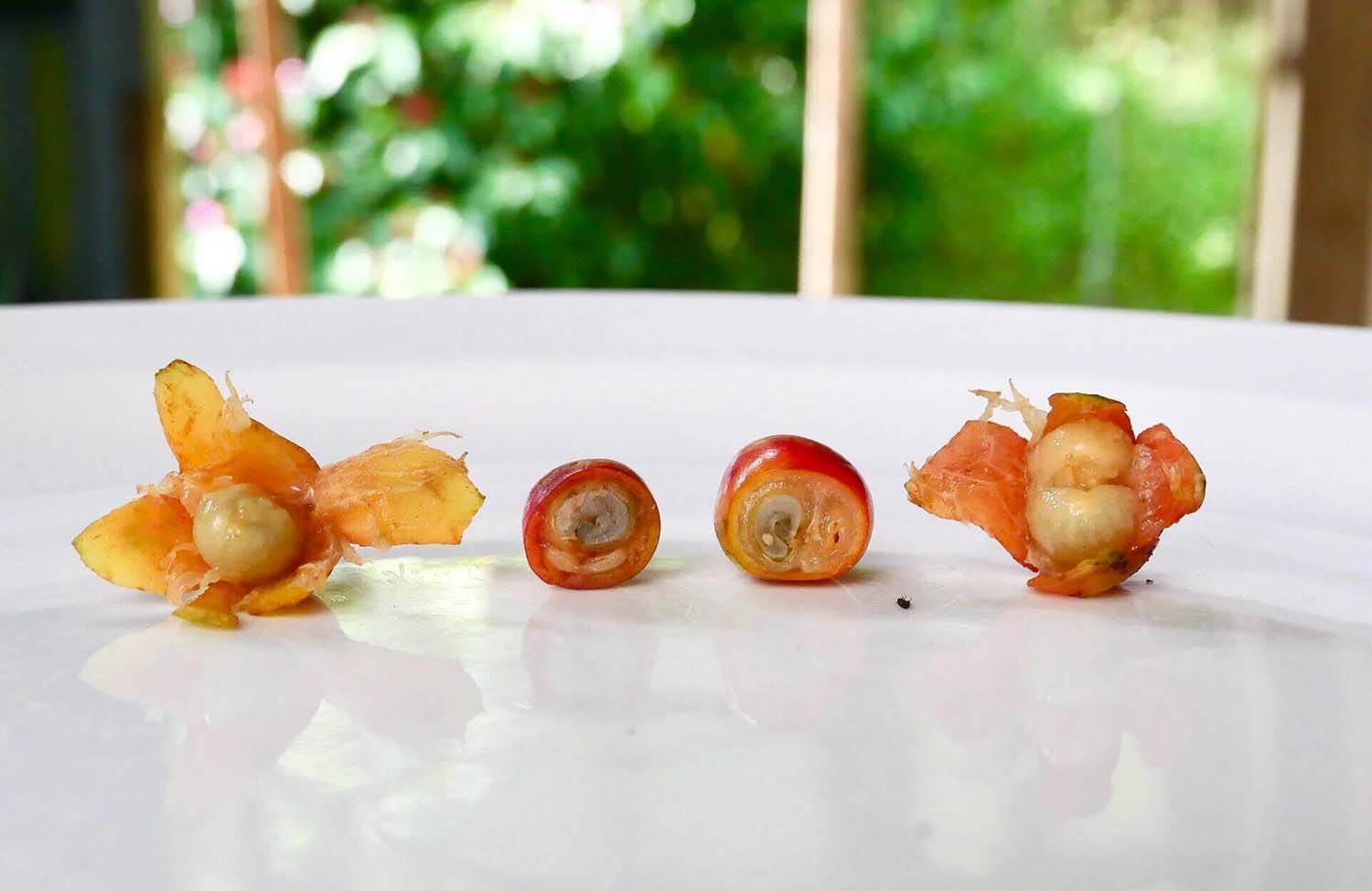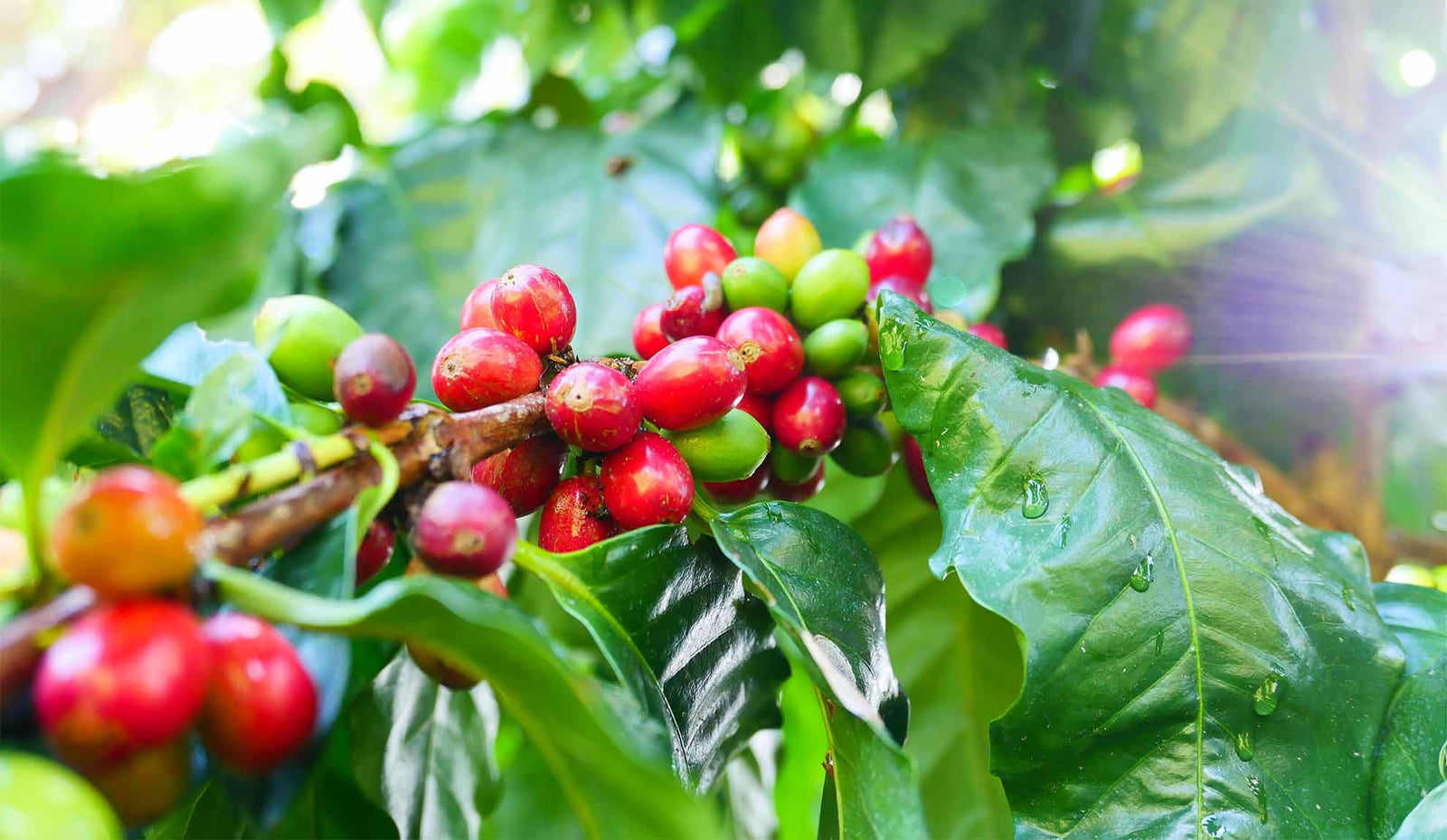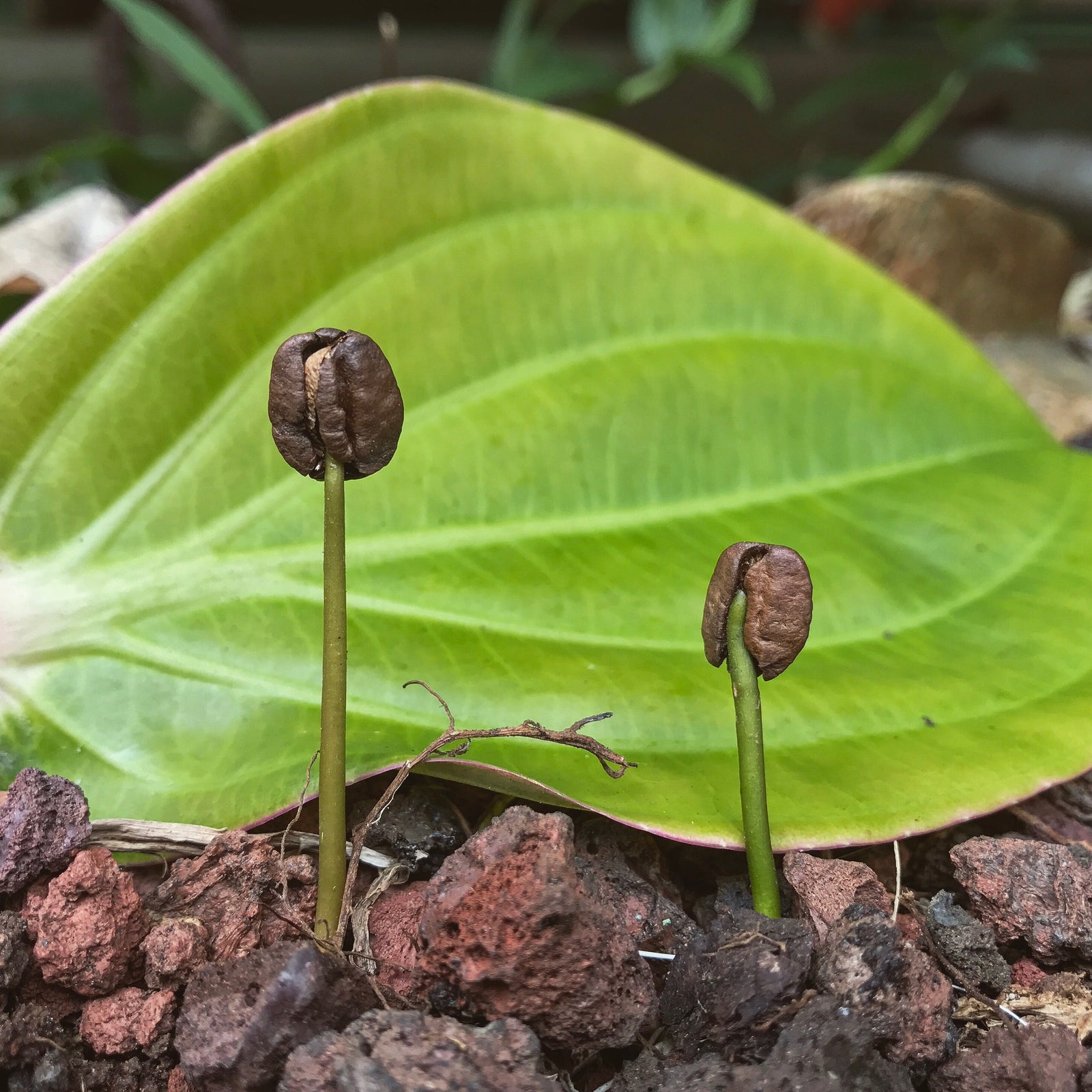Kona coffee is one of the most recognized and most valuable coffees in the world. But the cost isn't arbitrary—it reflects a system built on quality, place, people, and law.
Behind the price of Kona coffee isa combination of factors unique to Hawai‘i:
-
Small family farms
-
Living wages under U.S. labor laws
-
Hand-harvesting
-
Limited supply
-
Quality
-
Environmental regulations
-
100% Kona vs. 10% Kona blends
At Big Island Coffee Roasters, we aren't just growers or roasters; we're stewards of Hawai'i's coffee heritage. We want you to understand exactly what goes into each cup and why.
How Much Does Kona Coffee Cost?
When brewed at home, the average cup of 100% Kona coffee costs about $2.50 per 10 oz cup—that's less than a bottle of water or soft drink. But unlike those beverages, every cup represents a year-long process involving Hawai‘i's farmers, harvesters, processors, and roasters.
The same can't be said for that bottle of water, yet some consumers are trained to believe that coffee should be cheap. The key reasons for this are how the price of coffee is determined and how much coffee farmers earn, globally and locally.

“Sustainability means meeting our own needs without compromising the ability of future generations to meet their own needs." - McGill University
How Is the Price of Kona Coffee Determined?
For most of the world, the price of coffee is not set by farmers. It is tied to the C Market—a global commodity exchange where coffee is traded as a financial asset. Prices swing constantly with speculation, rising and falling based on global demand, supply shocks, and investor activity.
This system has two consequences:
-
Disconnect from real costs: The price of coffee on the C Market rarely reflects the true cost of farming.
-
Little incentive for quality: Whether a farmer produces outstanding coffee in Colombia or commodity-grade coffee in Brazil, their income remains tethered to the same volatile price.
As of 2025, the C Market hovers around $3.20 per pound—barely enough to cover production costs in most regions, and far too low to encourage sustainable practices.
Hawaiian coffee, however, operates outside this system. Kona farmers are not bound by the C Market. Instead, they set prices based on:
-
Local costs of labor and land
-
The rarity of Kona's limited supply
-
Quality and processing methods
-
Market demand
On average, Hawaiian farmers receive 20–60% of the retail price—far higher than most producers globally. This difference creates sustainable livelihoods and supports small family farms, rather than pushing prices down to the lowest possible level.
How Does Labor Affect the Price? Is Kona Coffee Fair Trade?
In most coffee-producing countries, farmers are paid according to the C Market—a global commodity system that rarely covers the true cost of production. To address this, Fair Trade certifications were created to guarantee farmers a minimum price above the C Market, offering more stability and a slightly better income.
But in Hawai‘i, Fair Trade doesn't apply. That's because Hawaiian coffee is grown under U.S. labor laws, which already ensure conditions that Fair Trade is meant to create abroad.
-
Wages: Farmworkers in Hawai‘i are paid at least the state minimum wage (much higher than wages in most producing countries).
-
Protections: Health, safety, and labor standards are legally enforced.
-
Pricing: Farmers set their own prices based on actual costs, not speculation on a commodities exchange.
These protections raise costs. Hiring farmworkers in Hawai‘i is far more expensive than in countries where wages are just a few dollars a day. But it also ensures that every bag of Kona coffee supports sustainable livelihoods and safe working conditions.
In short: the price of Kona coffee already reflects the fairness that Fair Trade tries to achieve. Consumers aren't just paying for beans—they're paying for the guarantee that those beans were produced ethically, under laws that protect workers and communities.
How Does Hand-Harvesting Affect the Price of Kona Coffee?
Kona coffee is one of the few coffee origins in the world that is still 100% hand-harvested. On Hawai‘i Island, every farm relies on hand-picking because the region's five volcanoes create steep, uneven slopes where machines cannot operate.
Hand-harvesting is labor-intensive, accounting for 30–40% of the final cost of Kona coffee. Farmers and pickers must return to the same trees multiple times throughout the season, carefully selecting only the ripest cherries. This work takes time and skill, and the wages paid under U.S. labor laws are far higher than in other producing countries.
By contrast, many farms abroad use mechanical harvesters or strip-picking, methods that remove ripe and unripe cherries all at once. While cheaper and more efficient, these practices compromise quality and often produce coffees with harsh or defective flavors.
In Kona, the higher cost of hand-picking is built into every bag—but it also ensures that the coffee is more consistent, smoother, and higher quality. The method explains why Kona costs more than commodity coffee, and why its flavor stands apart.
How Limited Is Kona Coffee's Supply?
There are approximately 900 coffee farms in Hawaii, most small family farms, just 2–20 acres each. Kona coffee is grown on about 3,800–4,000 acres in a narrow band on the volcanic slopes of Hawai‘i Island.
By comparison, a single coffee estate in Brazil can be larger than all of Hawai‘i Island's coffee farms combined.Large estates achieve lower production costs through mechanization, bulk purchasing, and economies of scale.
Kona's structure is the opposite: hundreds of small farms, no mechanization, and limited land to expand. This means higher costs per pound for labor, equipment, and farm inputs. And because supply is capped by geography, prices reflect not just production costs but also scarcity.

Is Hawaiian Coffee More Environmentally Sound?
Yes—though this also adds to its cost.
Many farms practice polyculture, growing coffee alongside macadamia nuts, citrus, fruits, or livestock. This diversified farming sustains both land and community, rather than prioritizing maximum yield. It is less efficient than monoculture, but it protects soil health and local ecosystems.
In contrast, large estates abroad often rely on monoculture systems that maximize efficiency but degrade soil, reduce biodiversity, and depend heavily on pesticides.
Hawai‘i's farmers also operate under U.S. environmental laws, which restrict chemical use and encourage sustainable practices. For example, when the invasive coffee berry borer arrived, the state promoted Beauveria bassiana, a natural fungus, instead of synthetic pesticides. These methods are safer for farmers and ecosystems, but they are also more expensive to implement.
The result: Kona coffee costs more because it is farmed under environmental standards that prioritize long-term stewardship over short-term efficiency.
Why Do Kona Coffee Blends Cost Less Than 100% Kona Coffee?
Many consumers are surprised to see “Kona coffee” in souvenir shops for $7–10 per pound, while authentic 100% Kona Coffee almost never sells for less than $30–35 per pound. The reason is that blends and authentic Kona are entirely different products.
The Kona coffee beans in these blends are the lowest quality grades legally allowed to carry the Kona name. Farmers sell their cheapest coffee into this market. In a 16 oz bag of 10% Kona blend, only 1.6 oz is actually Kona coffee—about two cups' worth when brewed. The rest is filler. Many of these blends are even coated in flavored oils to cover the lack of character. Without those additives, the taste often comes across as harsh, flat, or just plain unpleasant.
While these blends provide an outlet for farmers' lowest grades, they give consumers a distorted impression of Hawaiian coffee. They don't represent the character, quality, or integrity of 100% Kona coffee. Please don't judge Hawaiian coffee by 10% blends.
How can consumers avoid confusion? Look for packaging that clearly states “100% Kona Coffee.” Avoid souvenir-shop “Kona blends” priced under $20/lb—they are mostly imported beans and don't reflect the quality or cost of authentic Kona.




